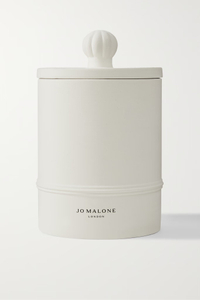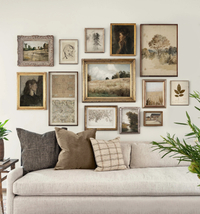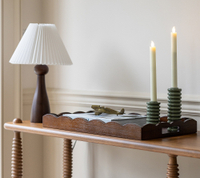What is 'clustering'? We investigate the anti-minimalism trend that *lets* you display your clutter
Far from untidy, this design trend embraces the clutter bug in all of us and makes it beautiful
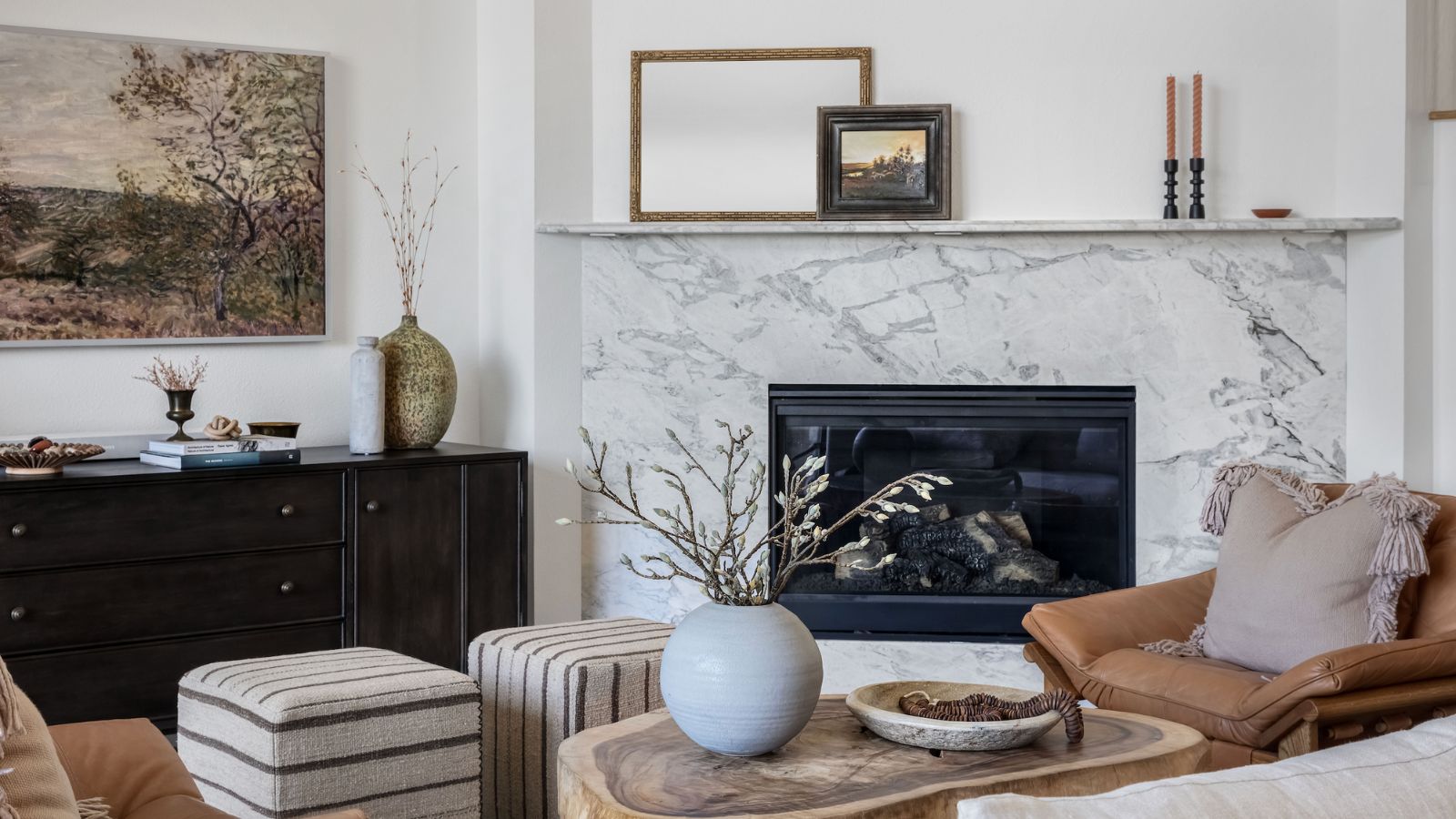

Clutter has, by far, the most negative connotations when it comes to our interior spaces and is often seen as bulky, messy, and in the way. But a new ‘clustering’ trend is hailing an end to this rather restrictive view of our belongings.
Instead, designers are encouraging us to embrace our clutter (to some extent) and use it to outfit our homes to tell a personalized story, in an interior design trend perfect for making any home look a little more lived-in and well-loved.
Here, designers and home organizers share their thoughts on the clustering trend, including how to ace it in your home for the perfect maximalist oasis.
The clustering interior design trend
Clustering is a trend designed to let you embrace your belongings, as opposed to decluttering or chasing minimalism. For many designers, the trend is a welcome breath of fresh air, allowing clients to tell their life stories through the belongings they display in their homes – similar to coffee table books, but on a much larger scale.
‘I have been waiting my whole life for this trend!’ shares Bethany Adams founder and principal designer at Bethany Adams Interiors. ‘I have never lived in a space that was free from piles of books or interesting paraphernalia. Almost every surface in my home – which includes eight fireplace mantles – has a pile of books on it. For years I've been trying to wrangle the books into artful stacks and topping them with an objet d'art, turning them this way and that. Little did I know I was "clustering"!
‘This is such a fun trend because anyone can do it with the things already, literally, lying around at home,’ she enthuses.
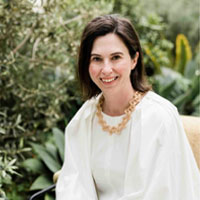
Bethany Adams has over 15 years of experience designing and project-managing high-end residential projects all over the US. She started her design firm in Louisville in 2015 and before worked for several designers and architects over the course of a ten-year career in Chicago.
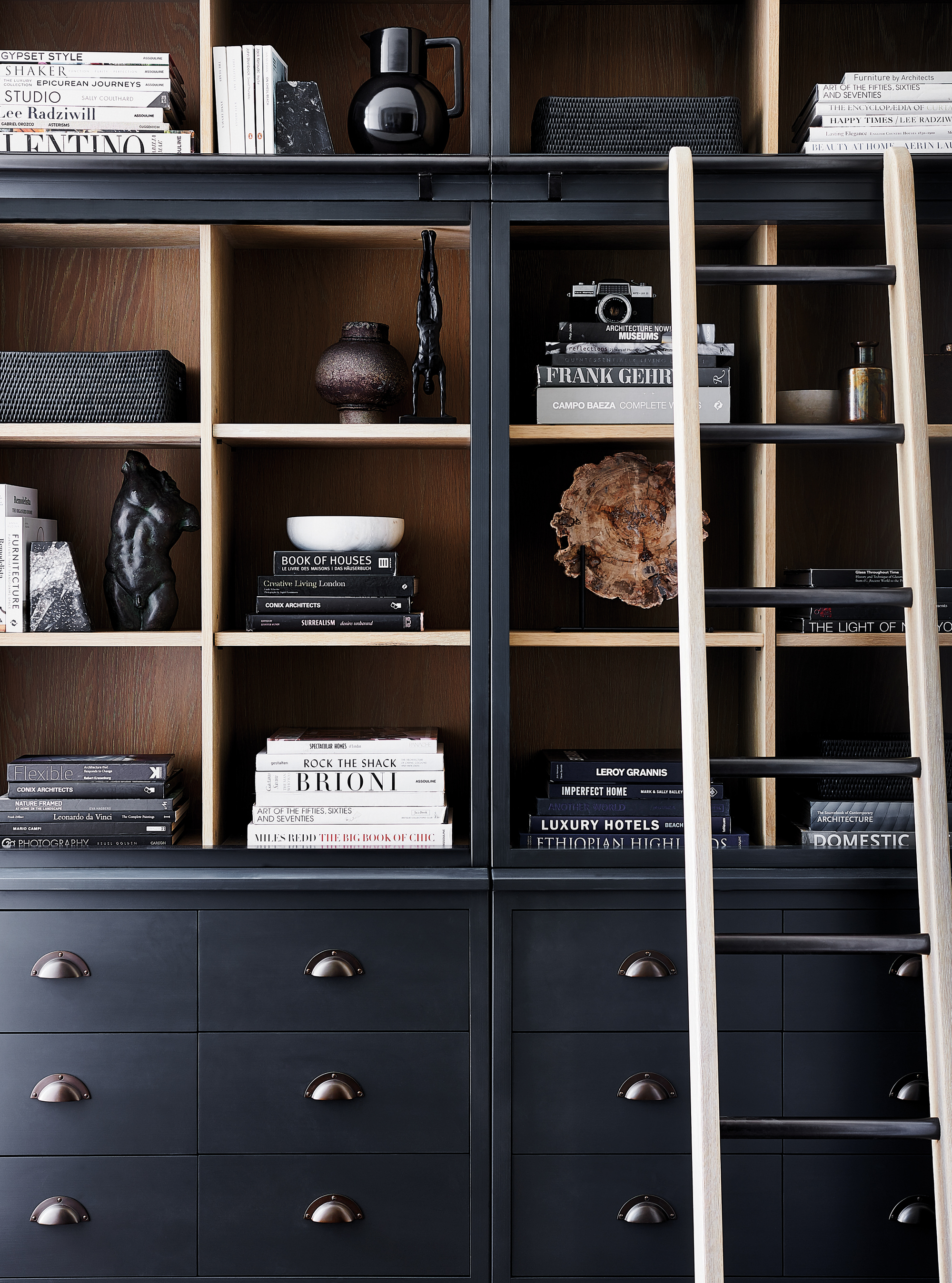
The trick to this trend is making your clutter look intentional, not leaving your stuff laying about when you are not in the mood to tidy up – a style that is a little more akin to cluttercore when done well.
Sign up to the Homes & Gardens newsletter
Design expertise in your inbox – from inspiring decorating ideas and beautiful celebrity homes to practical gardening advice and shopping round-ups.
‘The delicate balance between "cluttered and collected" is something a seasoned designer knows all too well,’ says Trish Knight, co-founder of Knight Varga Interiors. ‘Most clients are not truly minimalists or maximalists but fall somewhere down the middle and are often requesting we mix in their collected treasures and valued personal objects.
'Even when we are not designing around a client collection, we like to style the surfaces to inject life into the home and make it look lived in from the beginning. Carefully selected and layered in pieces will infuse personality, interest, and warmth into a home.’
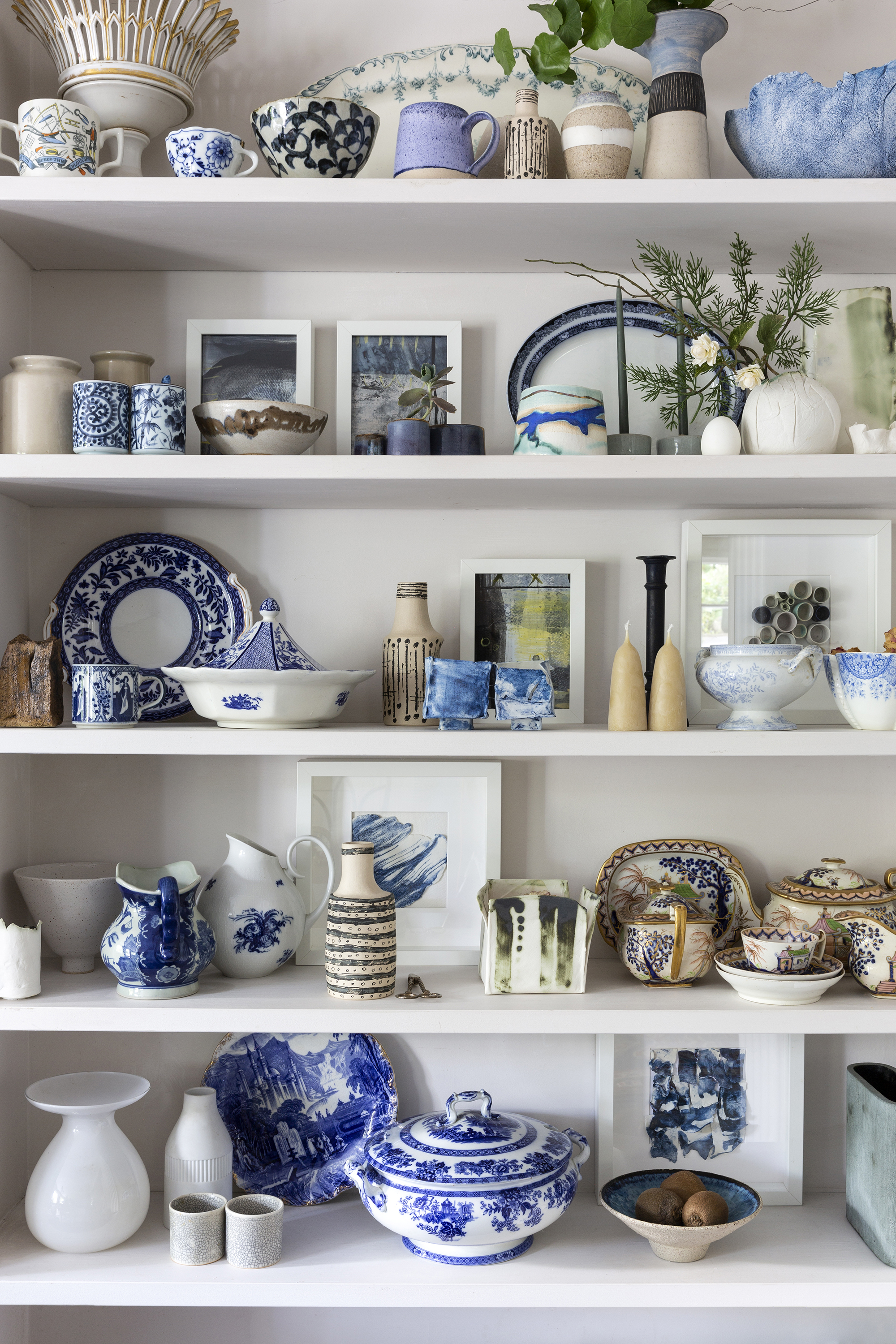
Even professional declutterers and home organizers are into this thought-out clutter decorating idea – again, so long as it is done with purpose.
‘Great beauty can be found in clutter,’ says Marie-Helene Riverain, professional organizer and founder of Love and Order LA. ‘Think about it this way: A minimalist home could be compared to a desert: the infinite landscape of sand dunes. It’s calm, peaceful, and beautiful. And a very cluttered home could be like a jungle in the Amazon: different types of lush trees, vines, colorful flowers – it is so dense you can’t see the sky. Both desert and jungle have an appeal.
‘It’s up to us to see which style is best for us,’ she explains. ‘Simply stay tuned to your feelings: if too much stuff makes you feel oppressed, it’s certainly not the time to start displaying a bunch of collections and have all your clutter out, but maybe mindfully going through it will bring you peace. And if displaying all your treasures makes you feel happy, go for it!’
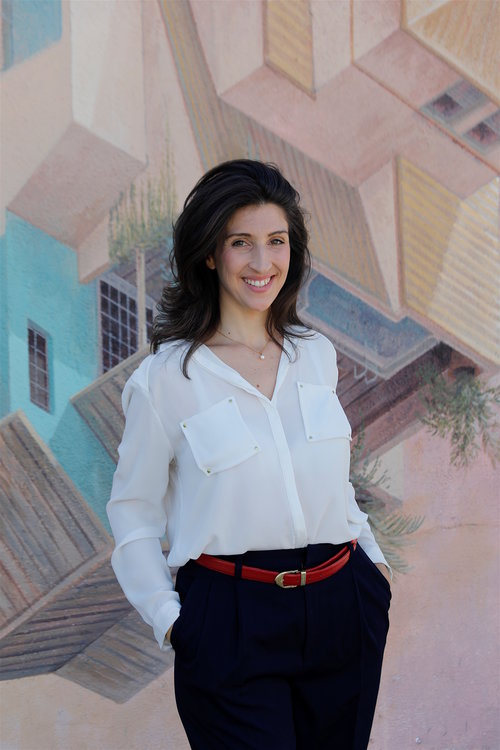
Marie became a home organizer to keep up with chaos of her two children. She has always found that helping people bring order to their life through tidying is very rewarding.
How to use clustering in your home
When looking to add this home decor idea to your space, you need to think carefully about what you are going to display. Clustering focuses on stylish, timeless collection pieces, not leaving your hair brushes laying about on your bathroom counter, or piles of pillows strewn on your bedroom floor.
1. Start with coffee books and candles
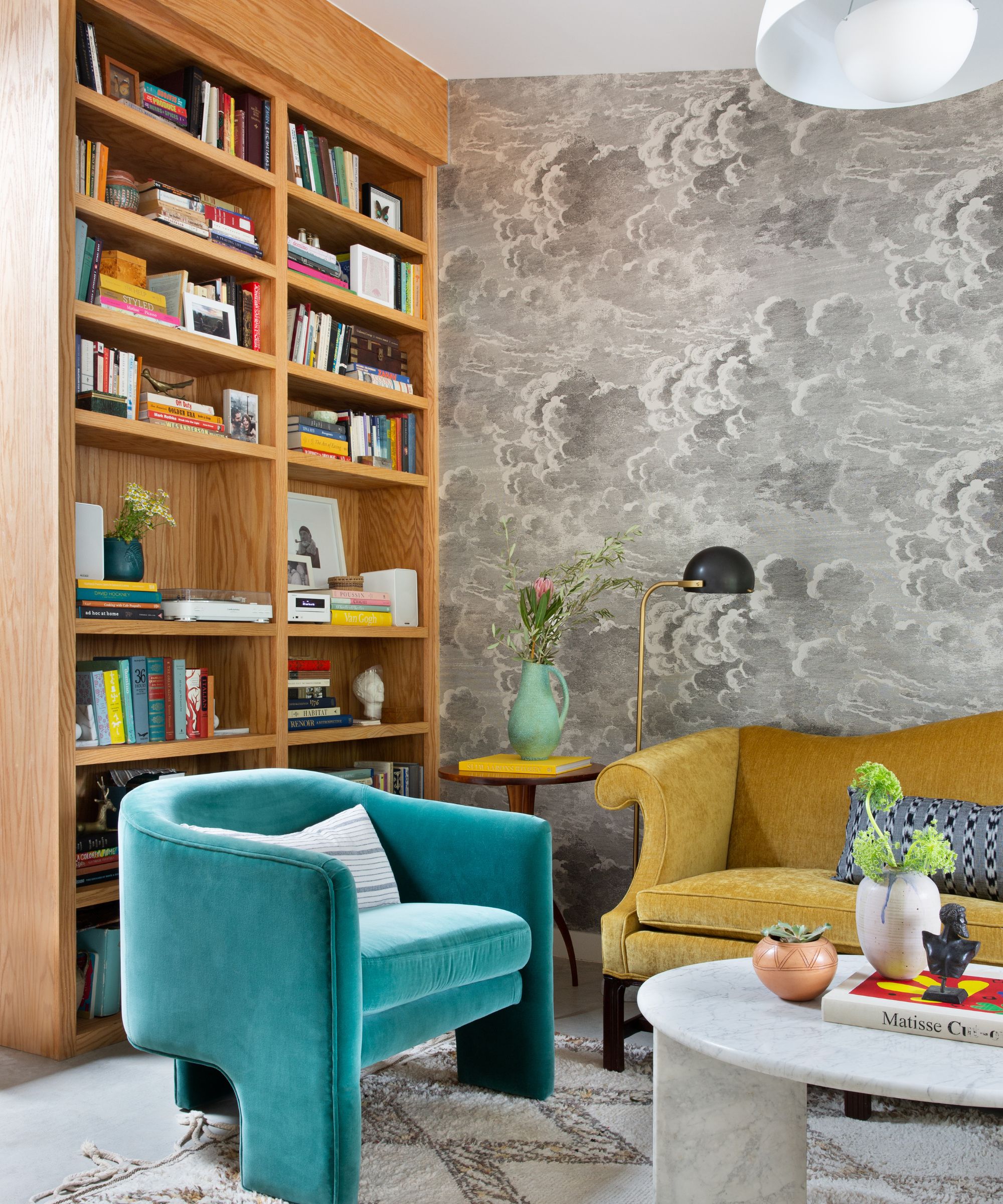
The easiest and most common way to incorporate the clustering trend into a home is by using stacked books when styling coffee tables and sideboards. This is by far one of the most accessible ways to use the trend and is favored for its ability to tell a story about the homeowner, displaying their likes and hobbies in a subtle way.
Shannon Eddings principal designer and founder of Shannon Eddings Interiors never leaves a home project without a stack of books, loving the ‘absolutely timeless’ appeal and ability to decorate ‘in a way that feels curated but not messy.’
‘We love to stack coffee table books on top of each other (sometimes in a big, tall way) to emphasize the collection and simple beauty of the books. The larger and more decorative the books, the better! You can then add items on top, such as candles, or a sculptural piece to top the stack off.’
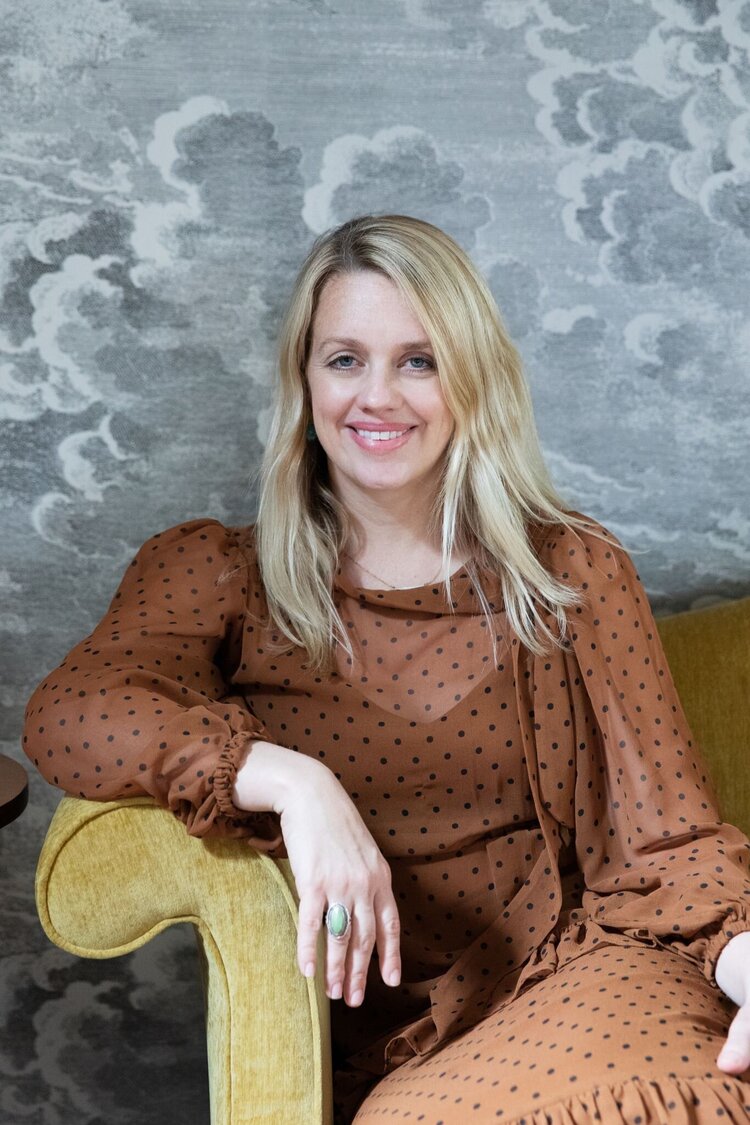
Shannon pulls her inspiration from various design styles and eras and describes her style as "old world meets contemporary." She is passionate about using antiques and vintage in her projects to create one-of-a-kind spaces that exude an easy-going yet elegant feel.
2. Use items that make sense for the room
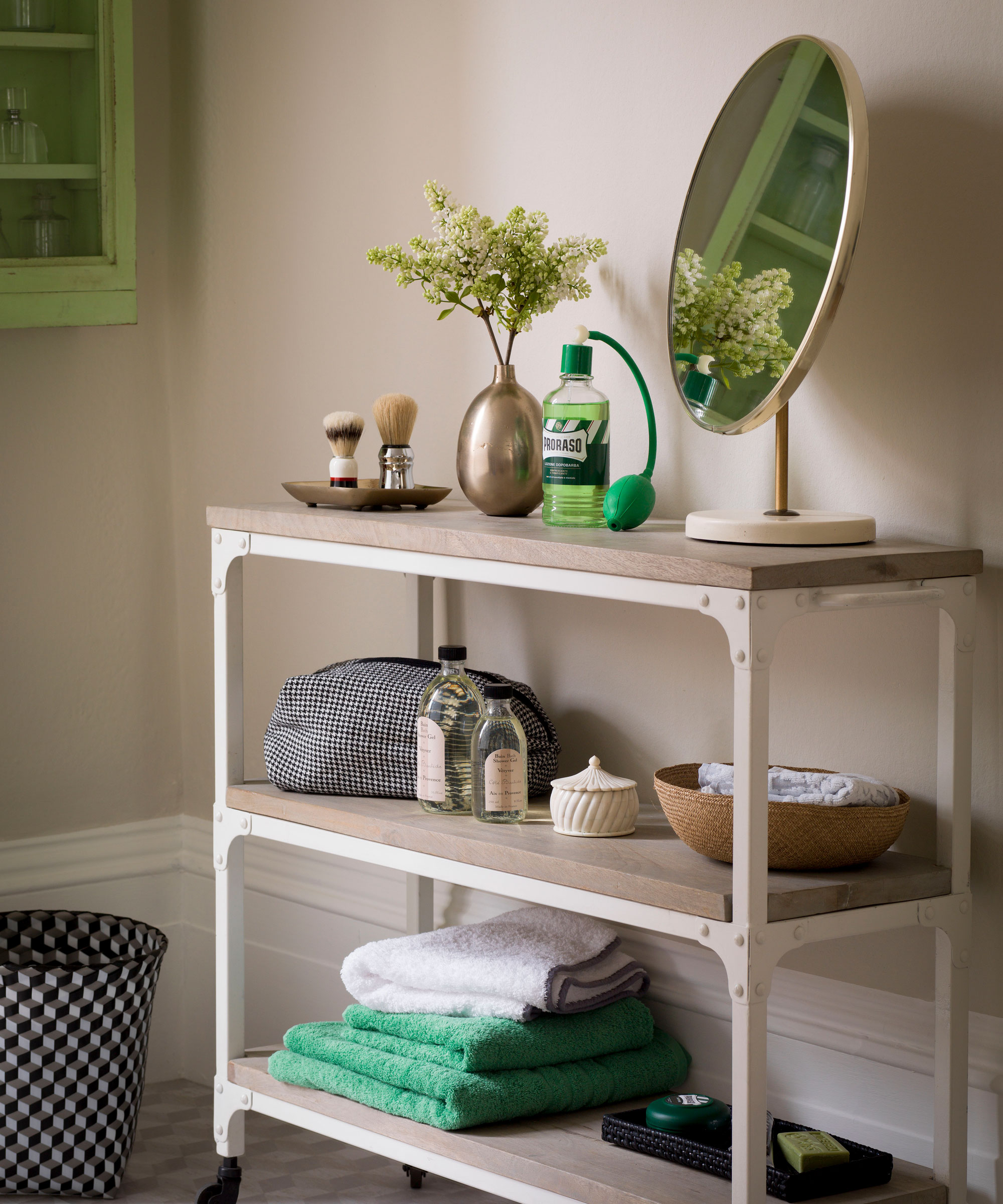
To prevent clutter from looking like clutter, it helps to only use items that make sense for the space you are decorating suggests Trish Knight, interior designer. You would never leave a stack of towels in a living room, for instance.
‘A powder room counter could have a long narrow marble tray with your favorite scented candle, rolled hand towels, a stack of beautifully wrapped gift soaps (that you have had tucked away in a drawer) and a milk glass bud vase with a few stems from your garden,’ she envisages.
‘If in doubt, include a plant or flowers for a touch of greenery – they work into every space effortlessly.’
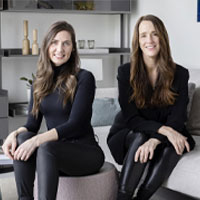
Designer Trish Knight is a co-founder of Knight Varga Interiors. Collectively with two decades of experience this Vancouver-based multi-award-winning design firm has become known and sought after for creating well-curated interiors. The firm provides complete bespoke residential design services throughout Vancouver, BC Canada and North America.
Jo Malone White Moss & Snowdrop candle | $125 at Net-a-Porter
This accent candle comes in a wonderfully sculptural jar, making it perfect for finishing off a cluster of home decor while also making your home smell nice, appealing to all of the senses.
3. Avoid clustering on work surfaces
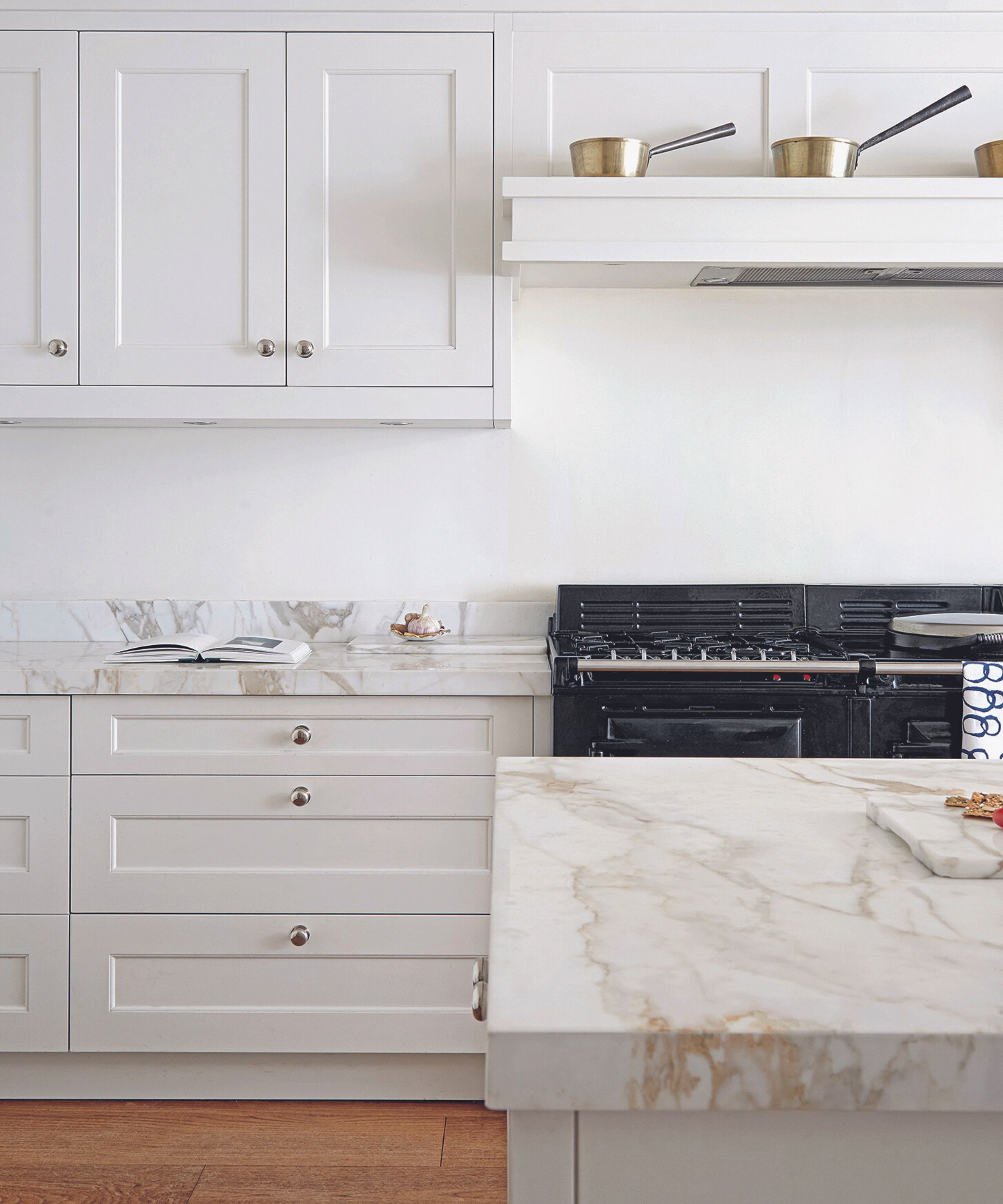
Clustering is a trend that needs to be used in moderation, and a big part of acing the trend is knowing when – and when not – to add in stacks of decorative items, Marie-Helene Riverain cautions.
Clusters of clutter should not compromise function: ‘if your kitchen counter is covered, don’t expect to be able to cook with ease!’ she says.
‘It is also important to note that it will require more cleaning time,’ Maire-Helene adds. ‘I love the look of curated clutter, with all the things you love displayed, but if they’re covered in dirt and cobwebs, it will kill the cool effect and turn your space into an old witch’s house. Keep workspaces clear to help with keeping the area pristine and functional.’
4. Think like a museum curator
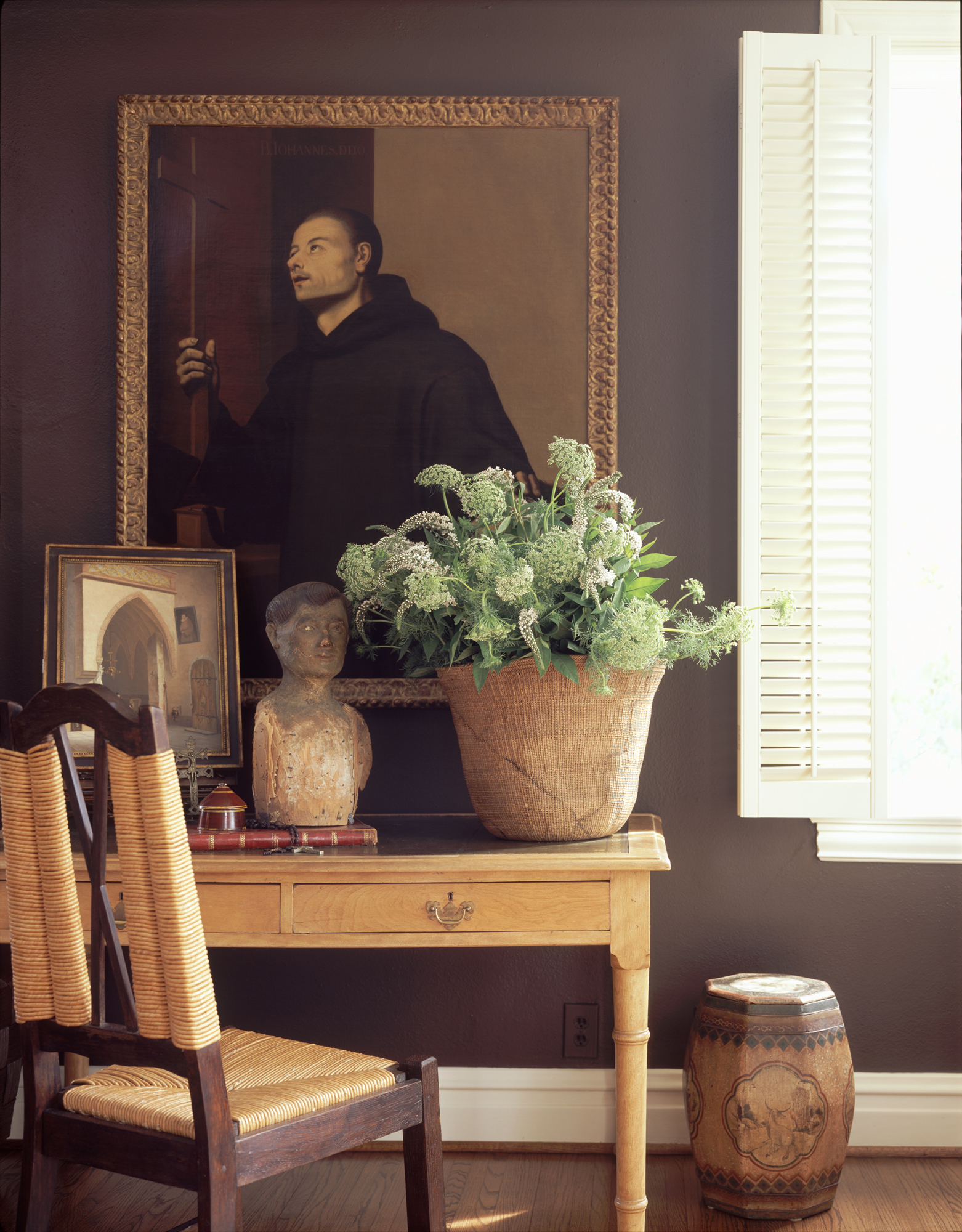
How you pick out the objects you chose to cluster is just as important as how you cluster them, points out Shannon Eddings, interior designer. It is useful to channel your inner museum or art gallery curator when selecting pieces – looking for items you already own that speak to your personality and the story you want to tell through your home.
‘A personal favorite in my home is my collection of bird feathers, interesting rocks, and the occasional "nature" find,’ Shannon shares. ‘I lay them out museum-like as artifacts on an old antique dresser so that I can admire them regularly. It feels curated, similar to a museum exhibition but is real and special to me.’
Consider items that match with the aesthetic you are trying to create in your home too, just as Shannon’s collections give off a dark academia vibe, you may want to consider thrifting pieces that shout 'coastal grandmother' or make the space feel cozy, like cabincore.
5. Play with variety for a diverse clutter collection
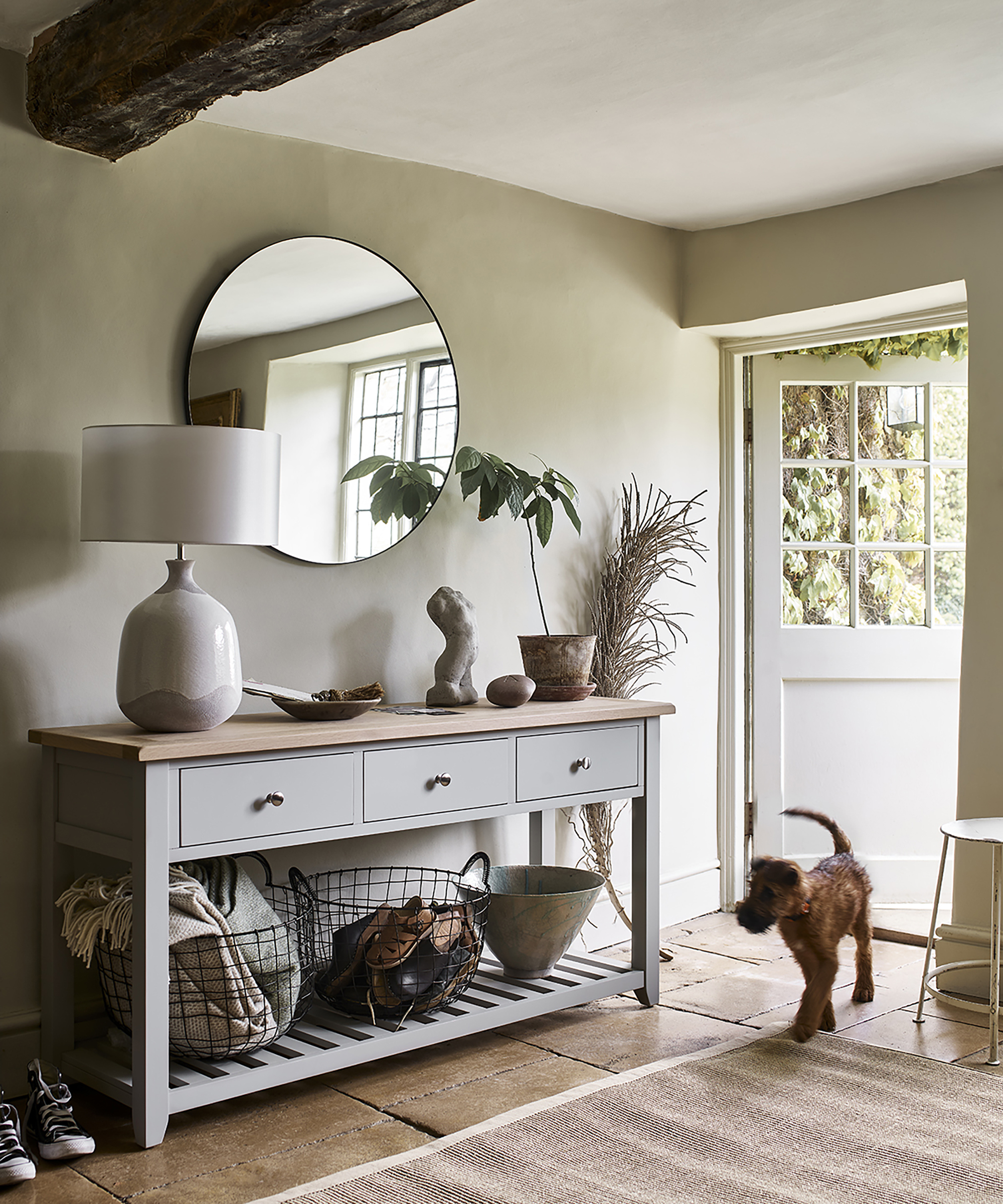
One of the best ways to make clutter look intentional is to use layering, varying the heights, widths, colors, and textures of your clustered items to allude to the attention to detail put into something that comes out looking so effortless, Amanda Shields, interior designer and founder of the eponymous design studio advises.
‘Utilizing trays, mixing textures, and incorporating textiles, you can achieve a harmonious blend of organized clutter that adds character and intrigue to the room. The variety not only draws the eye but really hammers home the idea of intention. It looks purposeful, which is the secret to preventing our home from looking untidy.
‘This trend allows me as an interior designer to showcase my clients' cherished possessions while maintaining an overall visually stunning aesthetic, bringing a sense of artistry and personalized flair to each project I undertake.’
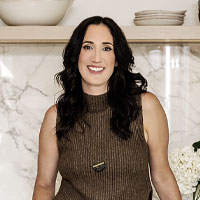
Amanda Shields is an award-winning decorator and designer based in Newmarket, Canada. With a Bachelor of Design and experience working alongside Joseph Mimran as a product designer, Shields then went on to set up her very own design firm.
6. Take clutter up onto walls
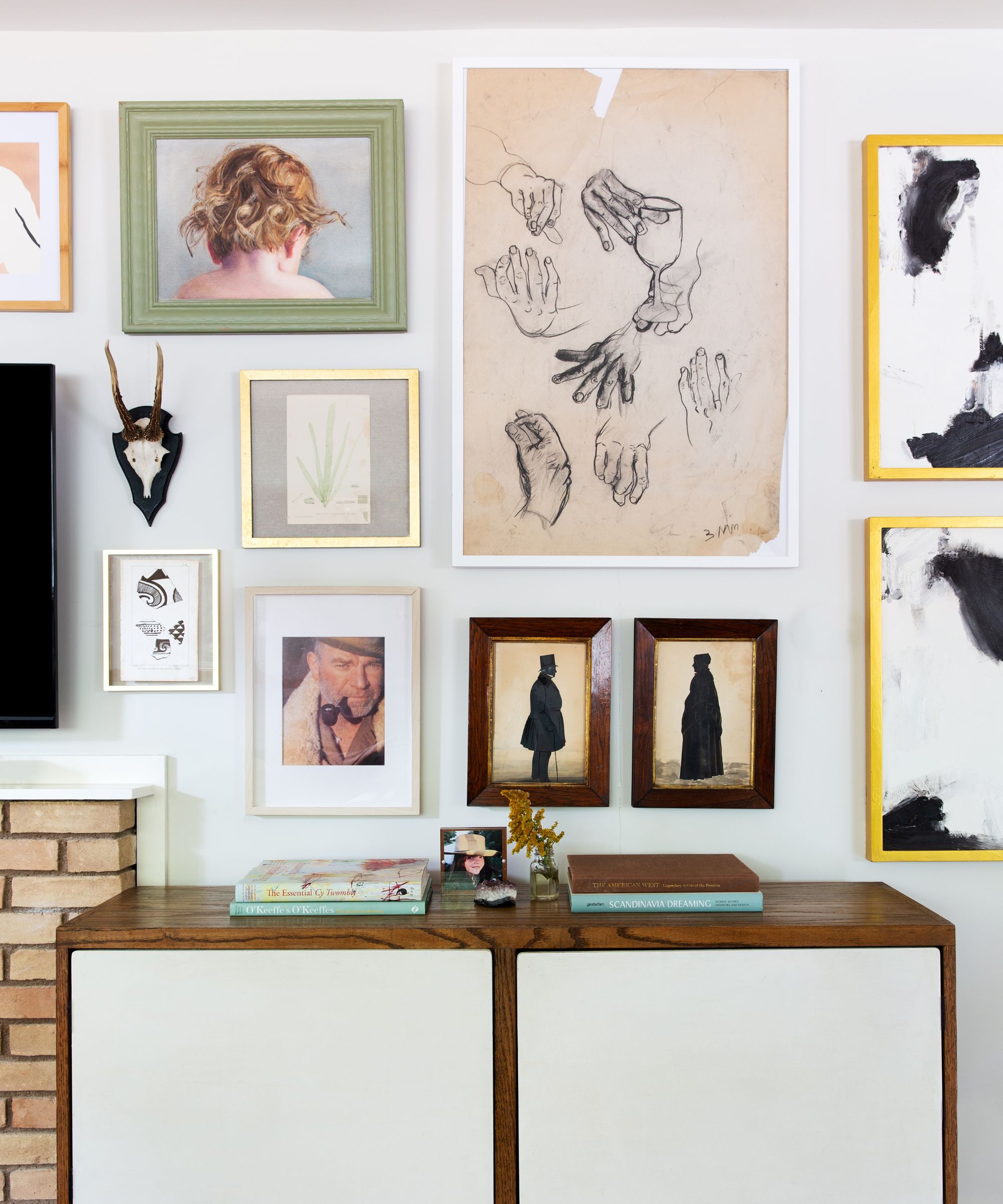
Clustering doesn't have to be limited to the surfaces around your home, designer Shannon Eddings reminds us. You can create a splendid effect by bringing your clutter up to your walls and clustering your wall decor too.
‘One more favorite way of clustered cluttering is to group paintings and artwork into a gallery wall. We love to go big on one wall of art and make a statement with the various styles, sizes, and frame finishes to work in natural variety.’
When putting together your own gallery walls, consider finding vintage frames at antique fares to incorporate texture, and either keeping the original artwork or swapping them out for a print that better suits your home’s style.
Gallery Wall Print Set | $8.25 at Etsy
You can find a wide variety of gallery wall sets online ready to be printed. They are great for creating a stylized art wall with a single aesthetic without having to source the images yourself.
7. Corral clutter to create a sense of order
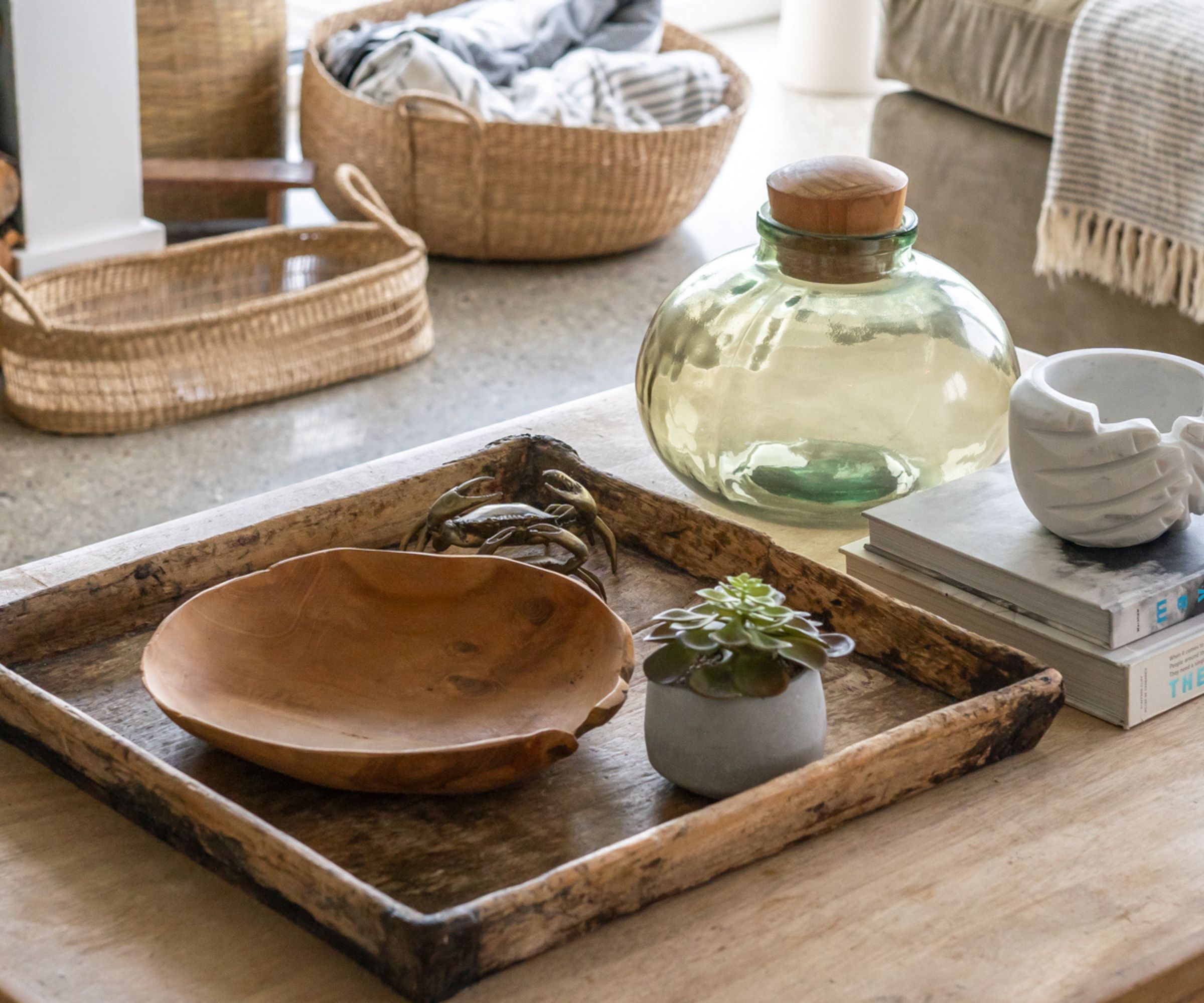
If you are still concerned about clustering items and them looking messy, then you can play with a little visual trickery to reduce the visual ‘noise’.
Bethany Adams, interior designer, explains that using a tray, slab, or book beneath a selection of items corrals them into ‘one’ single item visually – even if there are three to five pieces in total. ‘It can also help to have a tray or basket to designate your cluster zone if you can't trust yourself to remain contained (I know I can't).’
Scalloped Wood Serving Tray | Was $55, Now $26.98 at QVC
This scalloped wooden serving tray is perfect for corralling clutter in one place to make it look intentional. The wood material is timeless, working into any home interior, while the scalloped edges play into another current interior design trend.
FAQs
How do I make my house cozy but not cluttered?
When trying to make a house cozy, it helps to have some personal knick-knacks on display. To prevent them from looking cluttered, you can work with the rule of three, setting up vignettes of decor in sets of three, a number that is pleasing to the eye rather than overwhelming. You can also add a tray or book beneath them, as corralling can trick the mind into thinking it is just one object, preventing it from looking like clutter.
How do you know if your house is too cluttered?
You will know if your home has too much clutter in the negative sense when you struggle to find things you need easily or have to move something every time you want to use the surface below. A coffee table, counter, or sideboard you have to clear before putting a drink down, for instance, has too much stuff on it and it is time to declutter your home.
The clustering trend is certainly a timeless decor trend that we will be embracing in our homes in the coming weeks – especially given how flexible it can be, as designer Trish Knight highlights.
‘The trend really can vary from a few odd pieces laid out to fill a space to the extreme version of this trend, inspired by '90s sitcoms like Friends, which will require time and lots of well-thought-out stuff to achieve. It is probably not for everyone, but we could all have fun restyling our coffee tables this weekend!’

Chiana has been at Homes & Gardens for two years and is our resident 'queen' of non-toxic living. She spends most of her time producing content for the Solved section of the website, helping readers get the most out of their homes through clever decluttering, cleaning, and tidying tips. She was named one of Fixr's top home improvement journalists in 2024.
-
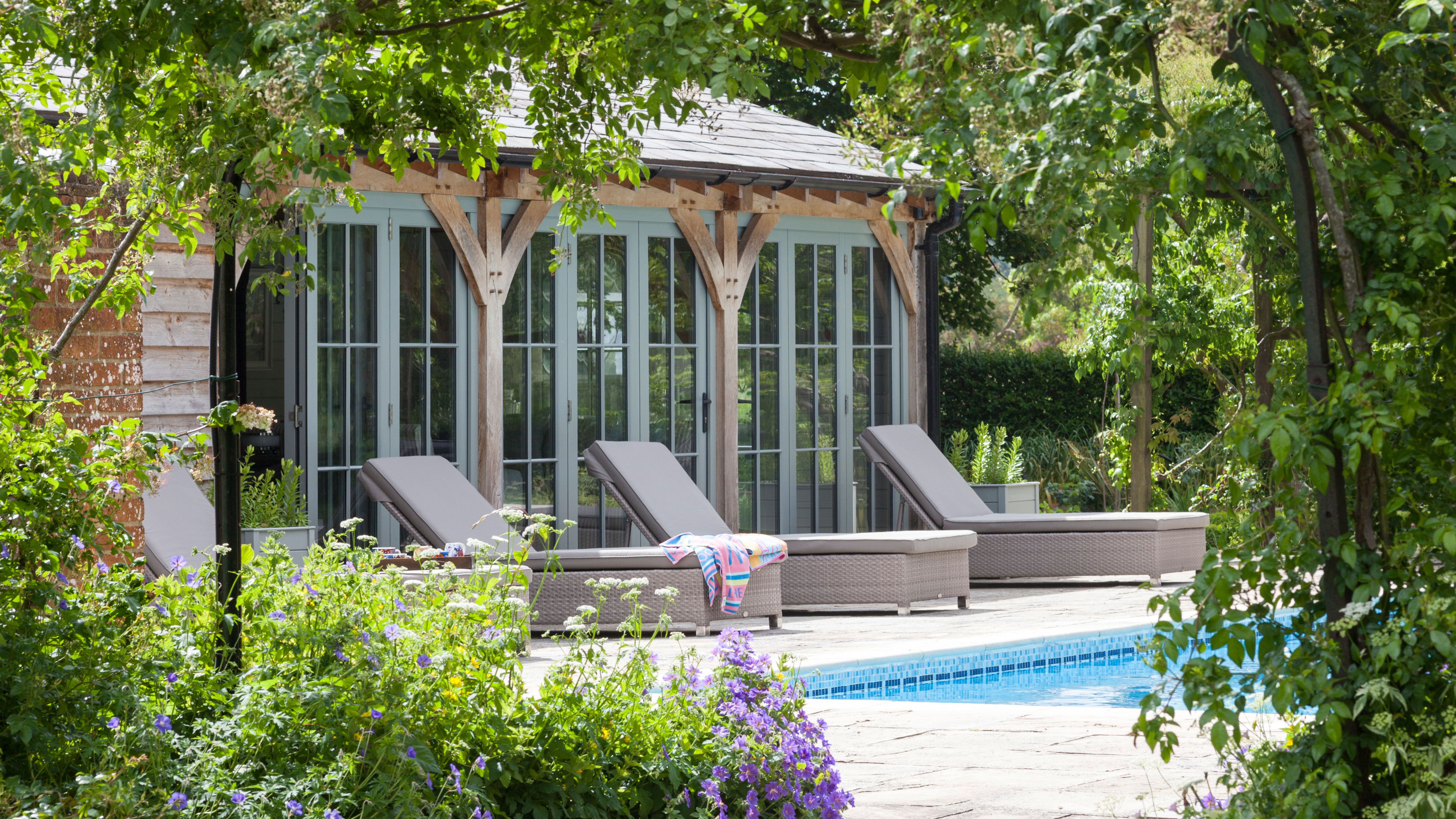 Lidl's brand-new garden lounge chair is so good they've had to limit it to only 2 per a customer – it is low in stock, so you'll need to act fast
Lidl's brand-new garden lounge chair is so good they've had to limit it to only 2 per a customer – it is low in stock, so you'll need to act fastHampton's style is hiding in the Lidl aisles thanks to this budget-friendly recliner
By Jennifer Ebert
-
 Kylie Jenner, Tommy Hilfiger, and Lenny Kravitz transform their homes with prints – the London Original Print Fair Director has a method that makes their look 'accessible and affordable' in your home
Kylie Jenner, Tommy Hilfiger, and Lenny Kravitz transform their homes with prints – the London Original Print Fair Director has a method that makes their look 'accessible and affordable' in your homeCelebrities from the Kardashians to Lenny Kravitz decorate their homes with prints by famous artists, and it's easier to recreate than you might expect
By Sophie Edwards
-
 7 dorm room organizing rules for less clutter and more space
7 dorm room organizing rules for less clutter and more spaceExperts offer their top tips for creating a well-organized dorm room, no matter the size, space, or layout.
By Ashley Chalmers
-
 How to maximize storage in a small or shared dorm room, according to pro organizers
How to maximize storage in a small or shared dorm room, according to pro organizersFind out all the hidden storage zones you might never have noticed
By Ashley Chalmers
